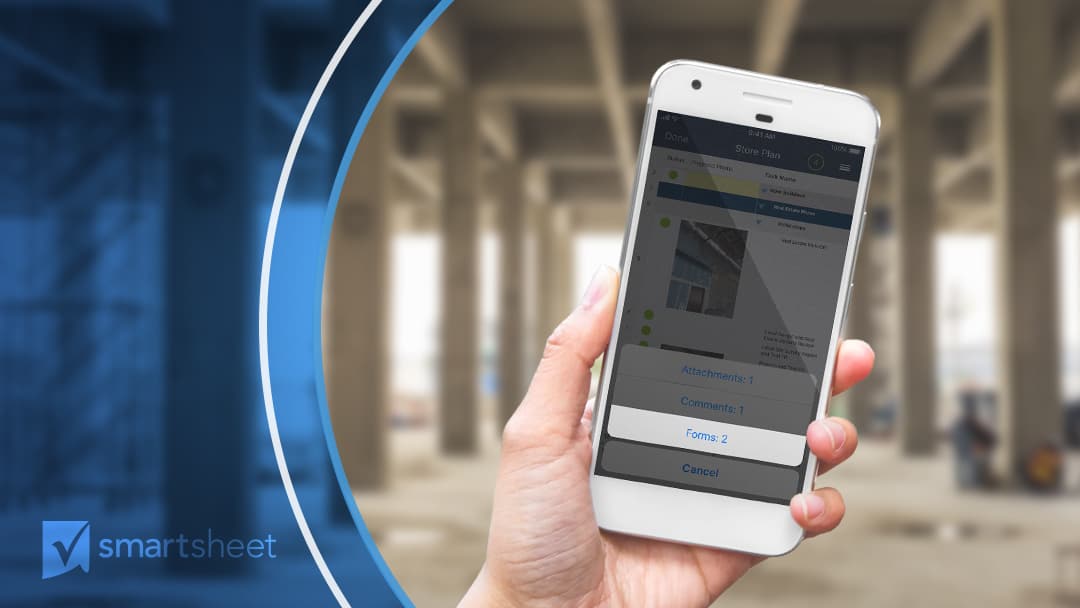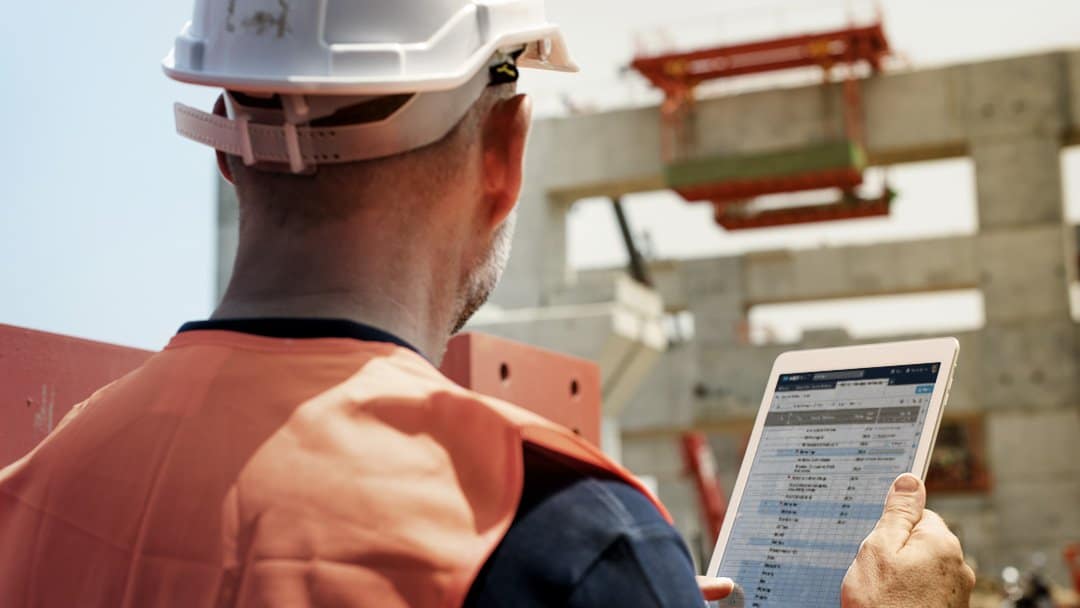Construction project management (PM) diverges from a typical PM role by demanding and incorporating extensive knowledge of the construction industry, a field filled with unique challenges. Construction PMs average around 120 responsibilities, according to The Construction Management Association of America, which means they have to be strategic and thoughtful about working in an environment impacted by constant change.
To ensure each responsibility is met — and every architect, contractor, and supplier remains on schedule and budget — effective construction PMs should utilize tools and strategies that help them manage their multifaceted work.
Fortunately, construction management has become more technical with the development of new software platforms to simplify many processes. But simply purchasing a work management tool or platform is not enough — project managers must also figure out the best way to implement and sustain those tools. Here are five strategies to help construction PMs become even more successful:
1. Create a Flow of Communication
Communication is essential to every phase of any construction project. Establish a flow of communication with everyone on the ground — and every stakeholder and supplier in the plan. This transparency will make the process smoother and will reduce the number of emails and phone calls whenever a problem arises.
One of the simplest ways to create a flow of communication is a work execution platform. By syncing comments, photos, documents, and calendars in a single location, you can monitor updates, budgets, and scheduling changes as they occur.
A robust platform also allows you to relay these changes to other managers and accounting offices in real time through instant alerts, automated actions, and easy-to-visualize dashboards, providing a nearly email-free and paperless method of project management. That means more time for you to spend at the construction site meeting contractors to coordinate the next stage of work.
Related Content
4 Project Management Templates Every Construction Leader Needs
2. Make a Habit of Continuous Planning
Planning may be the second of the Project Management Institute’s five phases of project management, but construction project managers should start planning long before actual construction begins, and continue revising and developing plans until the project ends. The design, pre-construction, and procurement stages of a construction project each require extensive planning — and each may need to be revised as the next stage unfolds.
Anything can happen at a construction site. If you encounter unexpected environmental problems during the pre-construction phase, the design may need to change. Even slight adjustments can affect the overall plan and timeline.
This remains true during the actual build. While you will be working with experienced professionals in electrical engineering, plumbing, scaffolding, and carpentry, they still need a focused direction to coordinate their efforts with each other.
Smartsheet Dynamic View empowers construction PMs to manage stakeholder access to processes so that the different business owners and contractors only see what you want them to see. With Dynamic View, for example, if a plumbing contractor needs to share fixture measurements they can submit an update and without delving into a sheet with details that aren’t needed to complete their work. Construction PMs can provide limited access to specific columns and rows to contractors, maintaining full control over permissions.
You’ll often need to work with stakeholders throughout the timeline to develop and refine plans as delays and equipment failures arise. Like any PM, you will execute and monitor developments, but plans often change in construction project management.
Related Content
Project Management Basics Not to Be Overlooked
3. Observe and Ask Questions
Field elements can dramatically impact the workflow of construction projects. There will be many times when you need to actually see an issue in person before you can resolve it.
Familiarizing yourself with the construction site and the duties of every professional working under you will make you a better project manager. Construction is a constantly evolving industry, with new equipment, practices, safety requirements, and advancements every year.
Administering and managing a successful project requires continuous improvement and learning. A great deal of communication may be streamlined, but the work still requires regular site visits and conferences with the contractors and designers on the ground.
4. Budget Projects With a Work Execution Platform
In construction, the permits, wages, materials, and equipment needed for projects are often exchanged between an array of financial sources and vendors. From the initial bidding process to the project closeout, construction PMs are responsible for tracking and monitoring all costs, especially as they relate to initial budgets.
Even relatively small construction projects contain hundreds of moving parts and individual costs, so to remain effective you need to use software that can also help you manage costs as you move through the key phases of construction budgeting. In addition, through your software platform, you should have access to templates for construction project management.
A best-in-class work execution platform can enable you and all of your stakeholders to input costs, budget changes, and other calculations to keep track of your project’s finances, alleviating the need to coordinate with every participant or to calculate your budget. Additionally, integrating DocuSign reduces time spent collecting signatures for every invoice, which means you and your contractors can devote more attention to the task at hand.
Related Content
The 4 Key Phases of Construction Budgeting
5. Embrace Automated Reporting Systems
No construction project manager has the time to reply to hundreds of emails a day — or use the phone to call and address every question about budgets and progress. In addition to concentrating comments and schedules, you can cut down further correspondence by implementing automated reporting systems.
Construction project management requires the weekly distribution of various spreadsheets and status reports, and automated delivery tools will save significant time over the span of the build. This automation will ensure the right reports go to the right people on time, allowing you to focus on other tasks and communication. Other reporting systems, such as safety and health management, can prevent hazards, track incidents, and streamline worksite analysis when issues do arise.
Smartsheet benefits not only construction project managers, but also their teams, subcontractors, partners, and stakeholders. The Smartsheet platform helps teams improve visibility and streamline workflows through real-time updates, automated reporting, and integration with popular apps.
At Smartsheet ENGAGE’18, we hosted a customer panel featuring leaders in the construction industry. Watch the session video below to learn how Kiewit, Top Shelf Real Estate Advisors, and Chipman Design Architecture use Smartsheet to improve field operations, quality control, organizational efficiency, and more.





